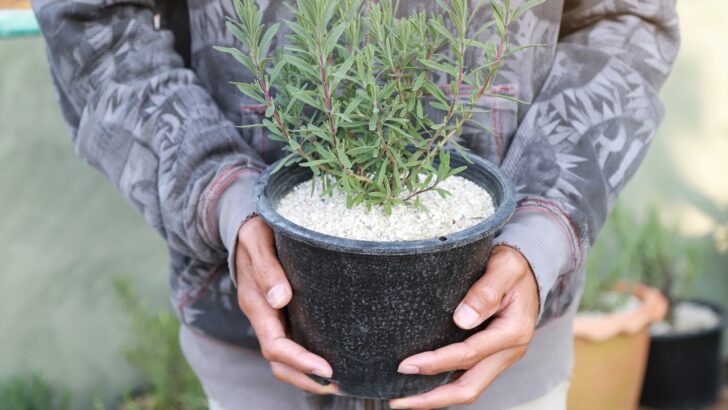Vigorous and hardy, yet visually stunning with an incredible aroma, there are many benefits to adding a lavender tree to your garden. Planting the Mediterranean tree beside your patio or in your front yard can significantly boost daily happiness; plus, it provides a natural pest repellent and supports pollinators like bees and butterflies.
However, in order to fully enjoy these perks, it’s crucial to understand how to care for a lavender tree. Below, we offer tips to manage a lavender tree, including the best times to plant, what it needs to thrive, and how to protect it during the off-season. Follow these steps and we guarantee you’ll keep your lavender tree in top shape and enjoy it for years to come.
How Do We Know the Best Ways to Care for Lavender?

Image Credit: Humoyun Mehridinov – Own work, CC BY-SA 4.0.
Our first-hand experience and considerable research about lavender plants have enabled us to share accurate knowledge regarding the proper ways to care for lavender. Many of the following points echo previous articles we’ve published, and we’ve included the links that further expand on the information. Keep in mind that lavender plants need different care depending on environmental conditions. Be sure to consider this when planting your lavender trees.
What Are Lavender Trees?

Image Credit: Bonnie Moreland from Oregon, United States – Morning mist on lavender. Lavender Valley Farms, Oregon, Public Domain.
Lavender trees, also known as lavender topiary or lavender standard, have a tall, bare wooden stem topped with a ball or spray of gray-green leaves, depending on how you shape it. Lavender trees are exquisite when in bloom, but even before or after blooming, they are a beautiful addition to any outside space.
To keep your tree healthy and flourishing, it’s important to plant it correctly in the right environment; regular pruning, feeding, and managing pests and diseases all contribute to a lavender tree’s well-being, which we’ll explain more later.
The Best Lavender Varieties to Train into Trees

Image Credit: Chris Light – Own work, CC BY-SA 4.0.
Lavender trees are created when lavender is grown from one singular stem and pruned into the shape of a tree rather than the standard bush form. There are many different types of lavender varieties, but some will be better than others when training lavender into a topiary or tree.
Lavandula x intermedia, known as “Grosso,” has long and sturdy stems — making it a great candidate for a lavender tree. The Silver Anouk Spanish lavender is another excellent pick, with its vibrant flowers and dense foliage. There is also the Goodwin Creek Gray lavender, which can grow up to four feet tall.
Ideal Planting Conditions
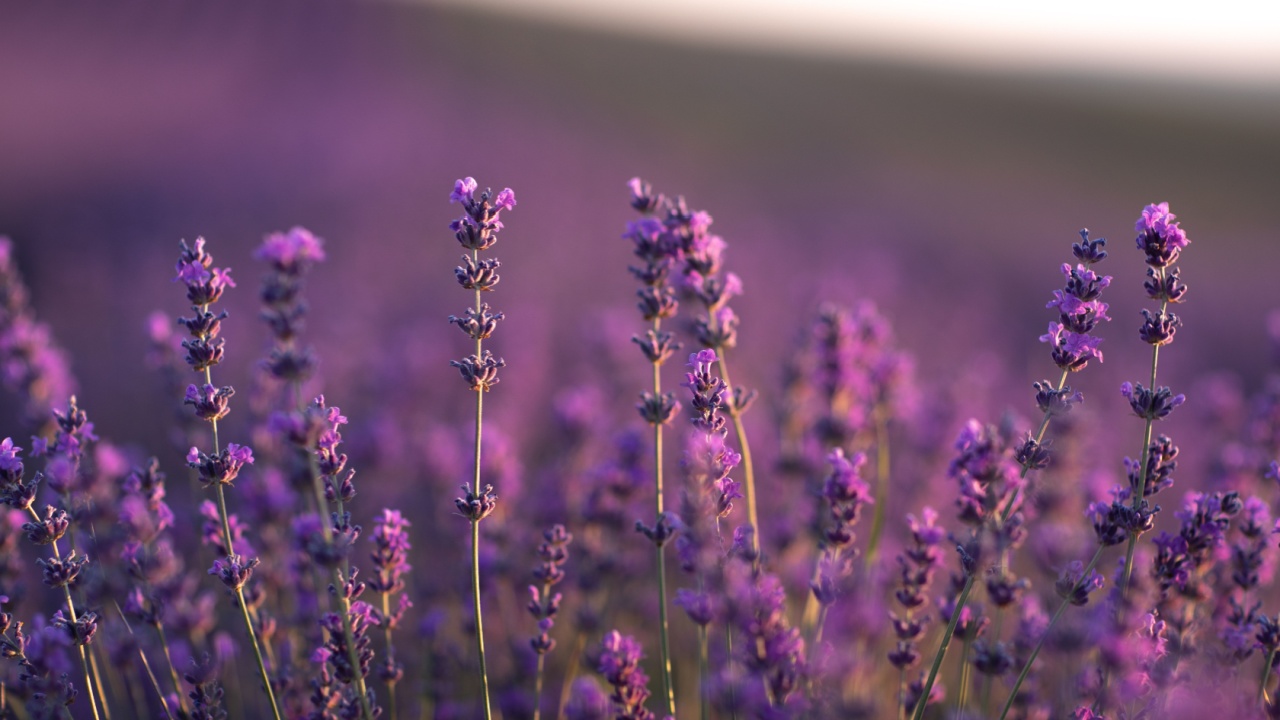
Image Credit: Shutterstock.
If you plant your lavender tree correctly and in an optimal environment, it is doubtful that you will have any serious issues down the line.
Here are some key factors to consider when planting a lavender tree:
Soil Type
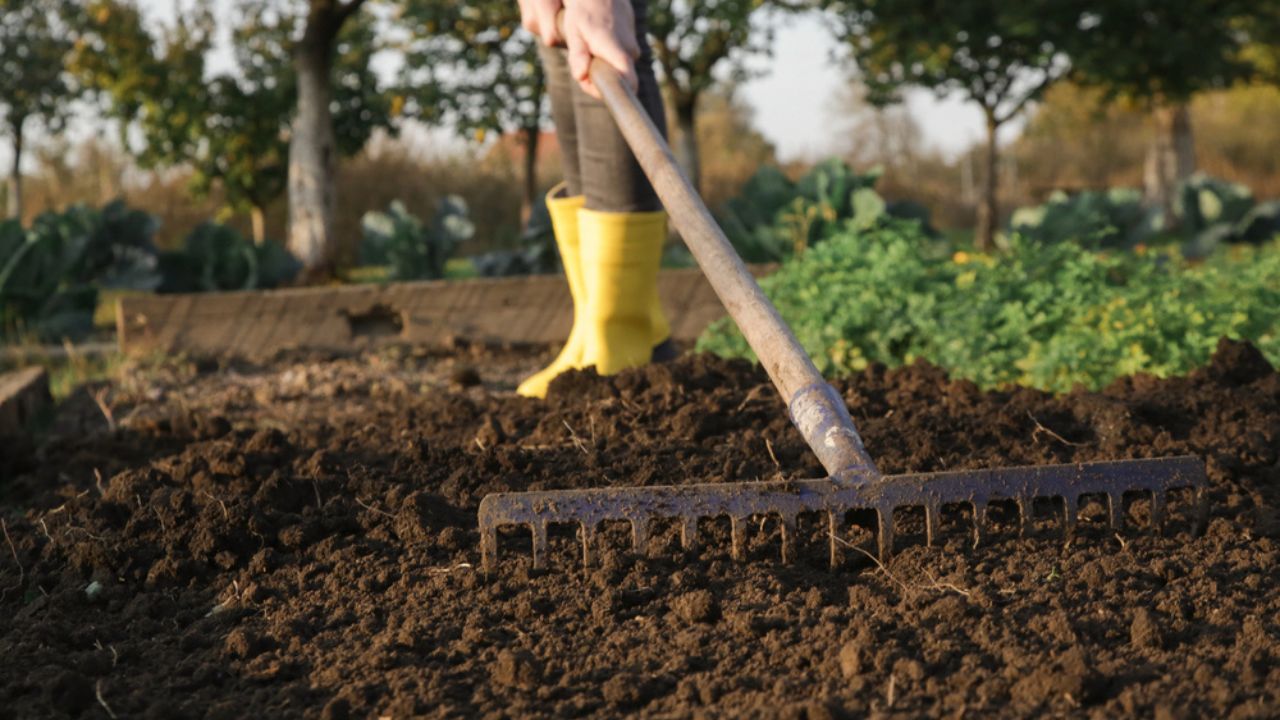
Image Credit: Deposit Photos.
Lavender needs a soil that drains well and is slightly alkaline. It is ideal to use soil with a pH between 6.7 and 7.3. Using a gritty soil mix rather than a pure, dense soil is also a good idea.
Planting lavender in soil that doesn’t drain well will cause a buildup of moisture around the plant’s base, often leading to root rot. Try to select a soil mix that contains gravel or sand, as this grit will ensure that the lavender roots do not become too damp.
Sunlight Needs
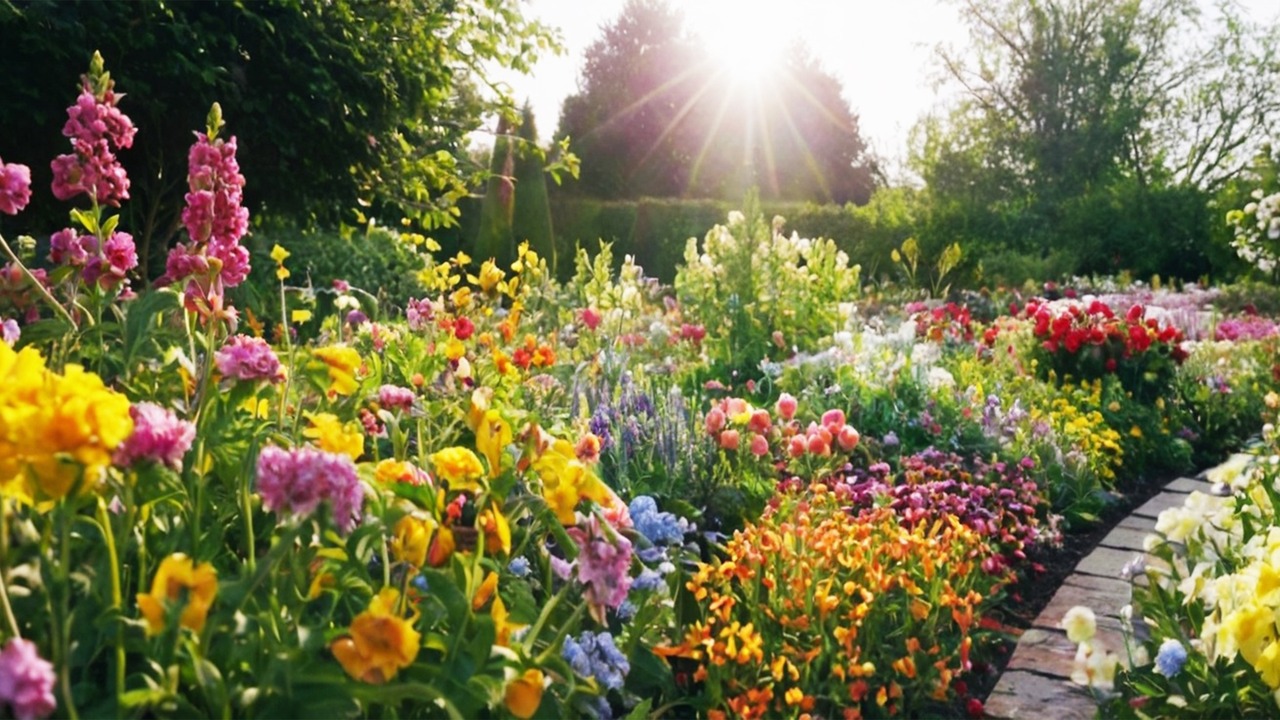
Image Credit: Shutterstock.
Sunlight is essential for lavender to grow. These plants do not like the dark and damp and require at least six hours of direct sunlight daily. They will need even more sunlight during the growing season, around eight to 10 hours daily.
This is why you must select a location where your lavender will get plenty of sun.
Also, be sure not to plant lavender too close to other plants, as it needs plenty of room to breathe. As such, try to keep your lavender at least eight to 12 inches away from other plants.
Climate Considerations
If you live in a warmer climate, then you’re in luck! Lavender originated in the Mediterranean, meaning it loves hot and dry climates.
While lavender plants will thrive in hotter temperatures, they are sensitive and at the most risk during cold and rainy seasons. Keep an eye on your lavender plant during the rainy season and ensure it is not overwatered or rotting.
Watering Needs

Image Credit: Shutterstock.
Due to its Mediterranean origins and love of the heat and sun, lavender needs little watering.
A freshly planted lavender must only be watered every two weeks with approximately half a gallon of water. Once buds form and the plants begin to flower, increase watering to one to two times a week.
As soon as the blooming season is over, it is OK to go ahead and decrease the watering again. Lavender is a highly drought-resistant plant and generally does not require frequent hydration.
However, if the soil is overly dry and the flower stems drooping considerably, this can be a sign of underwatering.
Pruning the Lavender Tree

Image Credit: Shutterstock.
The best time to prune the lavender is typically early spring after the plant has finished flowering. It will refresh the plant and maintain the plant’s shape.
Using a pair of pruning shears, cut off any dead stems of flowerheads to encourage branching and dense growth. From there, trim back around ⅓ of the plant to create your desired shape. When pruning the base of the plant, be sure not to prune below the woody section of the stem, as this can kill the plant!
Pest and Disease Management

Image Credit: Deposit Photos.
A few pests and diseases to watch for when growing a lavender tree: aphids, garden weevils, and mealybugs. Blasting them off with water and controlling them with a standard insecticide generally does the trick.
The most common disease to worry about is root rot, caused by excess water in the soil. If your lavender is planted in well-draining soil and is not overwatered, this problem shouldn’t crop up. If it does, mix a bit of sand or gravel into the soil and ensure you are not overwatering the plant.
Feeding and Fertilization

Image Credit: Shutterstock.
Lavender is hardy and must only be fertilized once a year, typically at the start of the growing season. A slow-acting, organic fertilizer is the best pick for lavender – standard flower fertilizers contain too much nitrogen and acid for this plant.
Adding around one inch of basic organic compost to your lavender once or twice a year will be more than enough fertilization! Over-fertilizing can stunt its growth and decrease flower production.
Winter Care
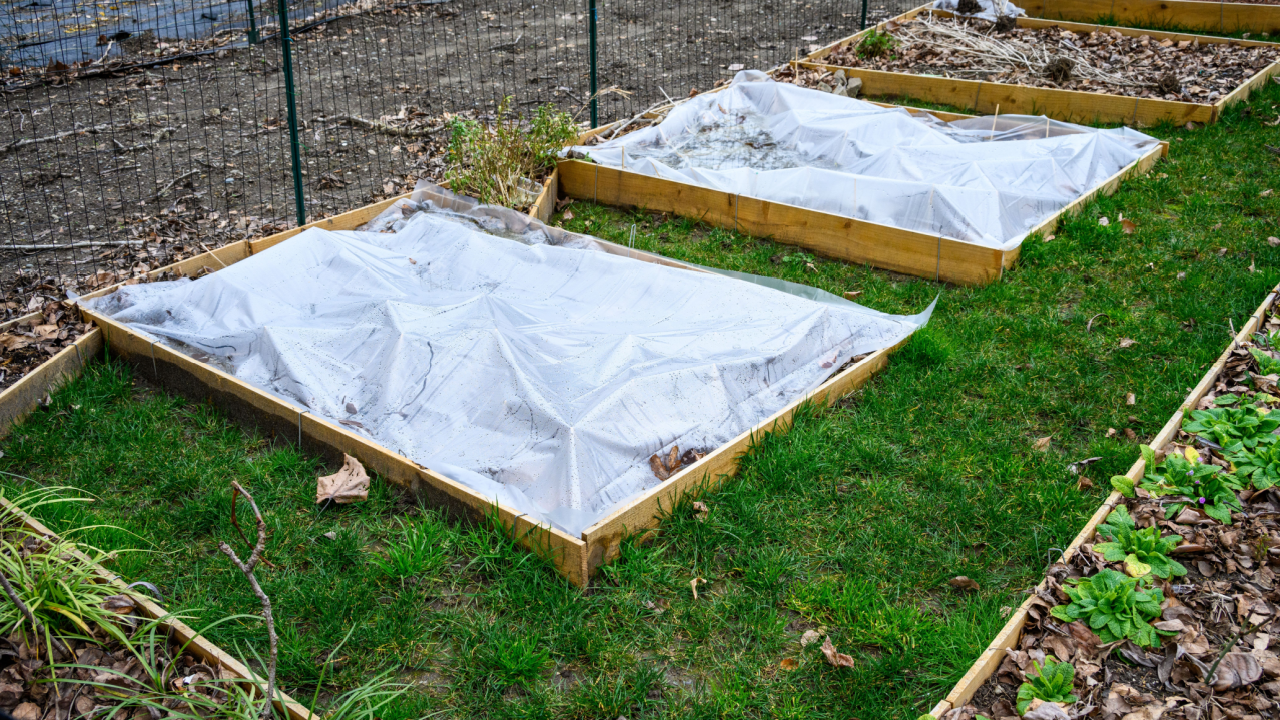
Image Credit: Shutterstock.
Generally, lavender doesn’t need any special care during winter. That said, if you live in a particularly extreme climate, there are some measures you can take to ensure your plant stays healthy (and alive) during the colder months.
Add a layer of mulch to the soil (like these mulches we previously highlighted that are best for lavender) and cover the plant with a breathable fabric to help protect it from harsh weather.
If your lavender tree is potted, consider bringing it inside during the winter months. If this is the case, keep the lavender in a location with good airflow and direct sunlight. As previously mentioned, lavender prefers dry soil, so don’t overwater it during this time.
Harvesting Lavender Flowers

Image Credit: Booksworm – Own work, Public Domain.
The ideal time of year for harvesting lavender flowers changes depending on what you intend to use them for.
It is best to harvest early in the season for dried lavender bundles that can be used in cooking or crafts, just as the buds first open. For essential oils, harvest later in the season once the buds have bloomed more.
Repotting and Root Care

Image Credit: David J. Stang – source: David Stang. First published at ZipcodeZoo.com, CC BY-SA 4.0.
If you have a potted lavender tree and notice it is getting too large for its home, it may be time to re-pot it! This is relatively simple to do. When repotting, select a pot four to six inches larger than the root ball of the lavender.
It is a good idea to add something to the bottom of the pot to encourage swift drainage, such as small rocks. From there, add your well-draining soil to the pot, transfer the lavender, and add a few more inches of soil on top.
Lavender tree care is not complicated: most of it is the same as every other lavender plant. And it’s worth it, as a potted lavender tree is the perfect addition to refresh the perimeter of your home.
Learn More About Lavender

DavidivardiIL – Own work, CC BY-SA 4.0.
We’ve previously shared many insights into lavender, which are helpful to refer to when thinking about maintenance. One is our list of patented lavenders, a fun and affordable way to grow and share more lavender with others. For those looking to profit off their lavender supply, check out this article, which includes tips for marketing and other ways to make money from growing lavender.
There are many lavender farms around the U.S., and we provided a complete breakdown of each here to visit this summer. Meanwhile, for other references for anyone just starting with their lavender plant journey, we suggest reviewing this piece on proper landscaping techniques and preventative measures to avoid your lavender getting woody.
Now that you know how to care for your lavender tree effectively, you can implement these tips. Remember, there is quite a bit involved when growing lavender, but once you understand the steps, we have no doubt you’ll have a blossoming tree in no time!

